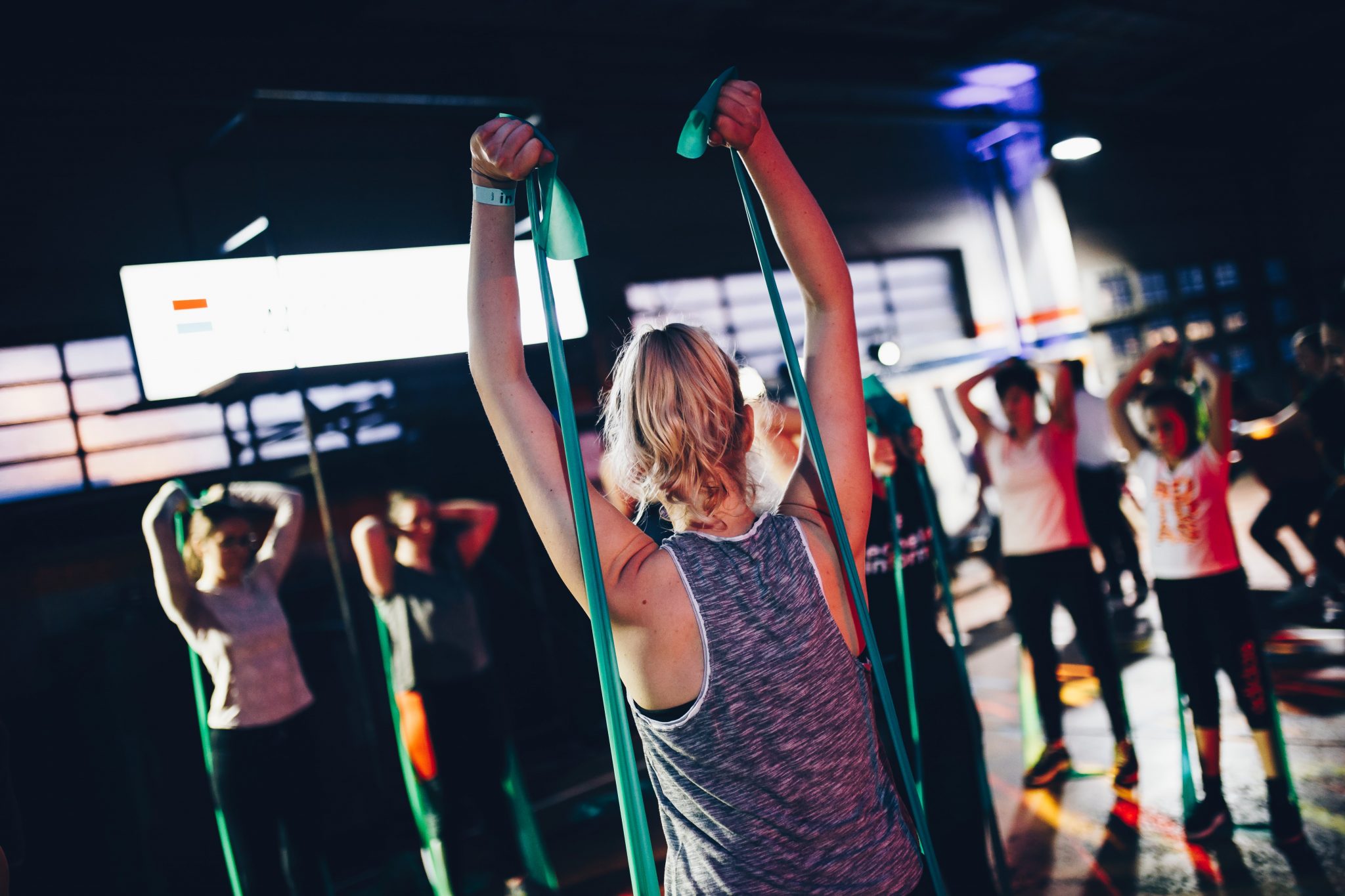When you start a new fitness program, you’re setting yourself up for failure if you don’t structure it correctly. But how do you know where to begin or what’s the most important? Well, that’ll partly depend on your specific goals, needs, and limitations.
Here you will find six fitness fundamentals that are sure to allow you to achieve your fitness goals. Whether you’re a novice or a seasoned athlete returning to training, these basics of fitness will help you get where you want to be.
Learn Fitness Online
Meet Amphy
The largest marketplace for live
classes, connecting and enriching
humanity through knowledge.




